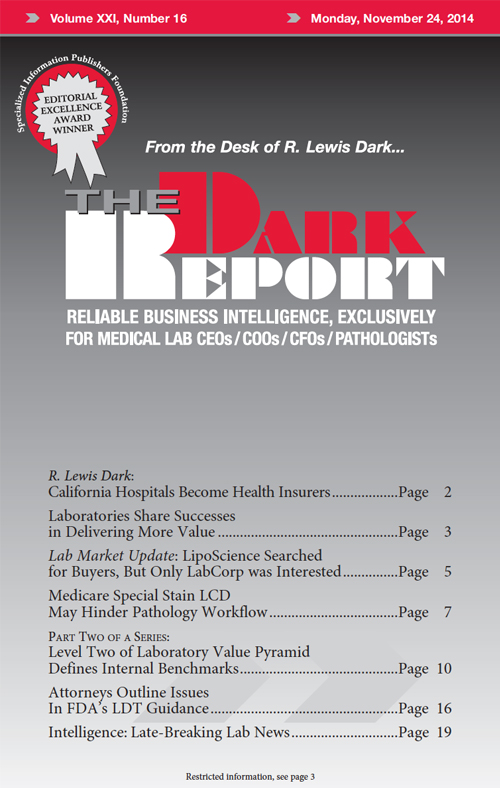CEO SUMMARY: In this second installment of our series on the laboratory value pyramid, we introduce “Level Two: Establish and Meet Standards of Value.” This second level continues the lab’s focus on its internal operations and activities. The goal is for the lab to develop the working culture and staff training required to identify relevant …
Level Two of Value Pyramid Defines Internal Benchmarks Read More »
To access this post, you must purchase The Dark Report.


